THE CAJAL INSTITUTE
Research
Main lines of study
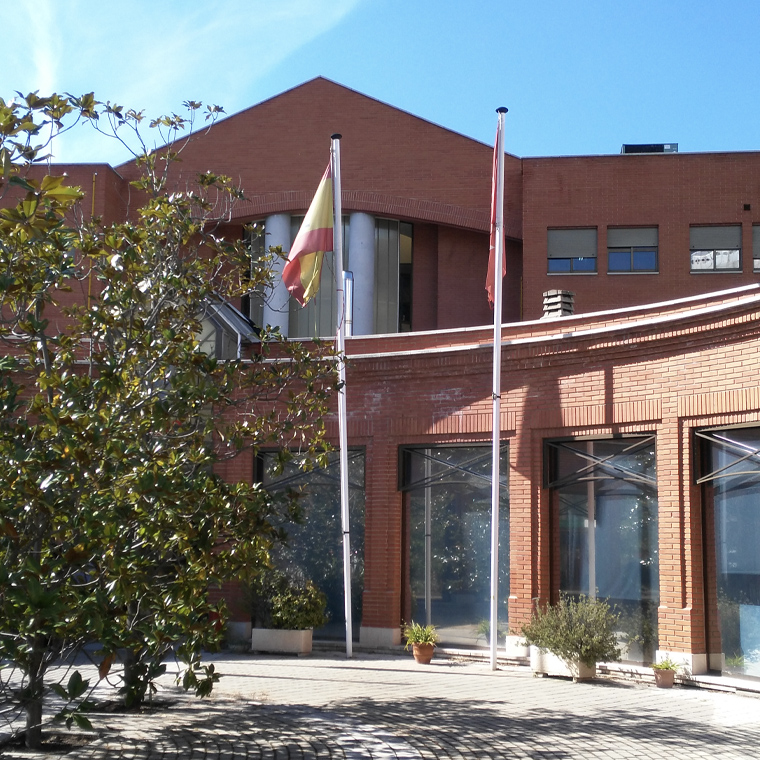
The Cajal Institute, founded in 1920 and inaugurated in 1932, is the center with the longest tradition in neurosciences in Spain, which carries out high-level multidisciplinary research work and international competitiveness. Scientific objectives focus on understanding the nervous system in anatomy, physiology, and pathology from embryonic to adult development. The Institute’s research aims to contribute to a better understanding of aging processes and the etiopathology of neurological diseases that cause disability. Helping to treat neurodegenerative diseases through the development of effective new drugs and neural rehabilitation constitutes the scope of our research using morphological techniques, electrophysiology, neurochemistry, behavior, neuropharmacology, cellular and molecular neurobiology, and physiotherapy. Currently, the Institute has groups that carry out mainly basic research in two of its departments, developing a third translational research department. The Strategic Plan of the Cajal Institute tries to provide the basic knowledge for understanding the brain and behavior, and make this knowledge available to prevention programs and design of therapies for degenerative diseases, such as Alzheimer’s, Parkinson’s, multiple sclerosis, epilepsy, addictive behaviors, depression, or schizophrenia, thus fulfilling the general objective of conducting translational research.
The 2022-25 Strategic Plan of the Cajal Institute seeks synergies between its research groups by identifying common study objectives focused on the human brain. More and more neuroscientists are opting for the direct study of the human brain, despite the difficulties. This is due to the following reflection: if the brain of all species were organized in such a way that the same design of various microcircuits was repeated in each of the divisions of the brain, with non-significant variations between the different species, and that the only whatever the number of such circuits and their connections, we would now know much more about the human brain. However, the principles of structural design (spatial distribution, number and types of neurons, neurochemical characteristics, local synaptic circuits, etc.) differ greatly in different parts of the nervous system, as well as between species. Therefore, results obtained using experimental animals as models of human disease or to study the organization of the normal brain should be considered with caution when extrapolating the data to humans.
The Cajal Institute sees as a great opportunity the transfer to the CI2A building on the campus of the University of Alcalá de Henares, next to the Cajal Neuroscience Research Center (CINC) and appreciates the effort of the CSIC Presidency for committing determined way by Neuroscience in Spain. We are aware of and appreciate the CSIC’s efforts to prepare and renovate the CI2A building (services center) in optimal conditions, provide the central services with state-of-the-art infrastructure and support them with human resources. The Cajal Instituite´s commitment to the CI2A service center is reflected in the involvement of many Cajal Institute members in the design and search for technical and equipment solutions.
The Cajal Institute’s lines of research can be summarized in two fundamental programs (P) oriented towards the study of normal aspects of the structure and function of the CNS and brain disorders.
Based on the scientific lines, the general objectives of the scientific strategy, can be summarized into P1 and P2 programs that are described below for the study of the normal aspects of the structure and function of the Central Nervous System (CNS) and brain disorders:
P1: Neocortical, hippocampal, and olfactory circuits, basal ganglia, molecular mechanisms underlying neurogenesis and brain development, physiological myelination, addiction, mood regulation, learning and memory, and deciphering the cross-talk between the periphery and the brain.
The objective is to generate high-quality cellular and microcircuit level data needed for hypothesis and data-driven brain modelling and according to their involvement in brain disorders as well during ageing and development. To this purpose, we are using a variety of techniques to generate strategic high-quality structure, neurochemical and physiological data that will be used for modelling and to study changes during ageing, development and alterations that may occur in the various brain changes selected in our strategic Plan.
P1.1: High-level multiscale datasets at cellular and microcircuit level on the neocortex
P1.2: High-throughput analysis of astrocyte signaling in neocortex-driven cognitive processes.
P1.3: Impact of normal myelination in hippocampus development and physiological brain plasticity.
P1.4: High-throughput analysis of the neuron-astrocyte signaling from local circuits to behavior.
P1.5: Multimodal assessment of cell-type specific hippocampal microcircuits across species.
P1.6: To identify the rules governing striatal emotional and motor functions.
P1.7: Functional dissection of direct and indirect striatal neurons in emotional and motor responses.
P1.8: Brain Development and mechanisms of neuronal specification.
P1.9: Molecular mechanisms of memory consolidation.
P110. Molecular mechanism of adult brain neurogenesis.
P2 Brain disorders during development, in epilepsy, Alzheimer’s disease, Parkinson’s disease, multiple sclerosis, mood regulation, autism, stroke, after CNS injury, post-traumatic stress disorder, blood-brain barrier implications for brain disease, and Glioblastoma progression. (17 research groups)
The objective is to study brain alterations at multiple levels of complexity to better understand the basic mechanisms at the molecular, cellular, circuit and physiological levels that occurs in the human brain as well as in experimental models of brain and motor disorders, including epilepsy, Alzheimer’s disease (AD), Parkinson’s disease (PD), multiple sclerosis, mood regulation, post-traumatic stress disorder (PTSD), addiction, autism, stroke, after acquired brain injury (ABI), developmental disorders, and primary brain cancer origin and progression, and to investigate new treatments for them.
P2.1: Molecular therapy for diseases related to ageing.
P2.2: Mood regulation and brain metabolism in aging and Alzheimer disease.
P2.3: Insights into Neuron-glia communication in aging and Alzheimer´s disease.
P2.4: Cellular and molecular mechanisms of neurodegeneration and neuroprotection in AD.
P2.5: Cell-type specific mechanisms underlying hippocampal sclerosis.
P2.6: Role of astrocytes in temporal lobe epileptogenesis.
P2.7: Remote injury (diasquisis) and neurorehabilitation after stroke in animal models and patients.
P2.8: Novel diagnostic tools for ABI.
P2.9: Glial synaptic pruning after ABI in adult and old mouse hippocampus.
P2.10: Role of autophagy in functional recovery after ABI.
P2.11: Astrocyte dysfunction and Parkinson’s disease.
P2.12: To unveil cellular and molecular mechanisms underlying cell dysfunction and neuronal death in PD.
P2.13: Strategies to protect dopamine neurons.
P2.14: Brain developmental disorders, neurogenesis alterations such as autism and schizophrenia.
P2.15: Molecular bases of neurodegeneartive diseases (AD, PD, ALS, etc.).
P2.16: Nanomedicine approach for the treatment of glioblastoma multiforme
Both general programs P1 and P2 will also exploit the opportunities provided for the Plataforma Cajal Blue Brain of the CSIC (https://www.csic.es/en/research/interdisciplinary-thematic-platform). This platform represents a multidisciplinary strategy to study brain circuits. Among its objectives seeks to understand the causes of diseases that affect the brain, such as AD, by means of a detailed map of its synaptic connections and large-scale reconstruction of neural circuits using structural, physiological and computational approaches.
The Cajal Institute has a permanent external scientific advisory board composed of five internationally renowned researchers in different fields of neuroscience (https://cajal.csic.es/en/scientific-advisory-committee)
The main lines of research developed at the center are articulated around five priority axes of study:
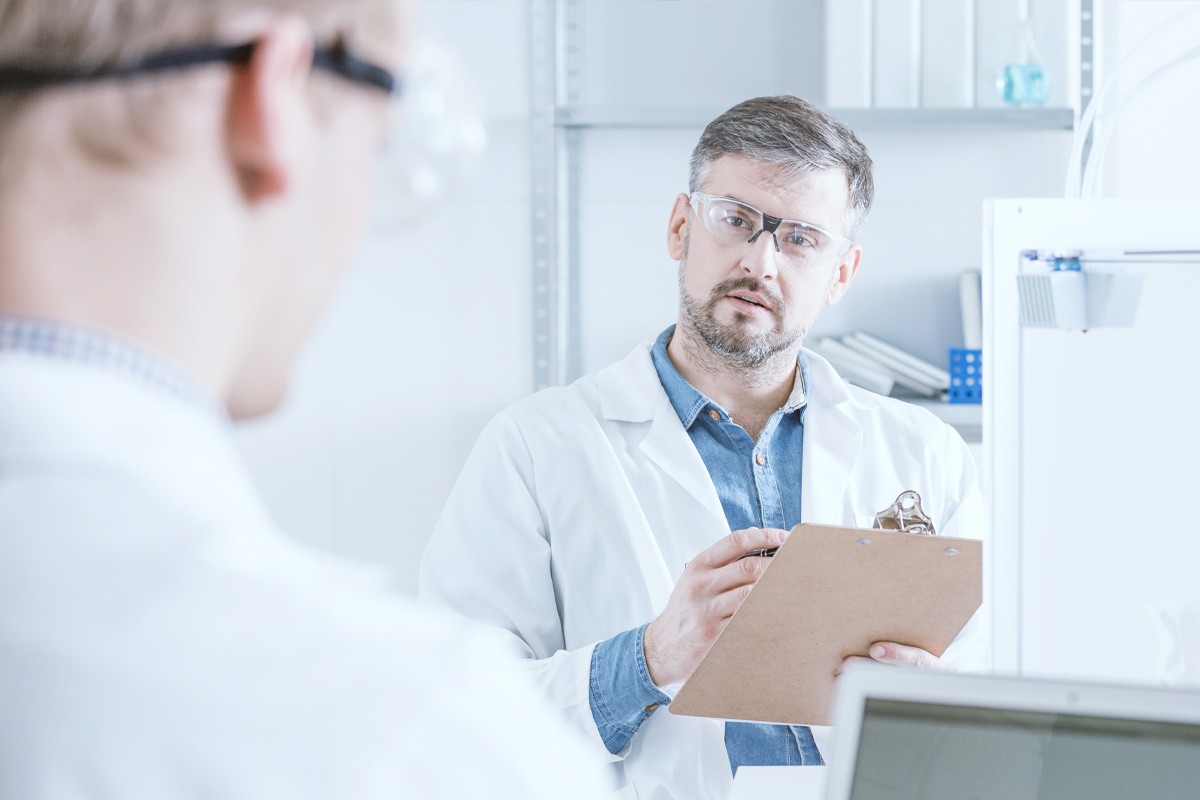
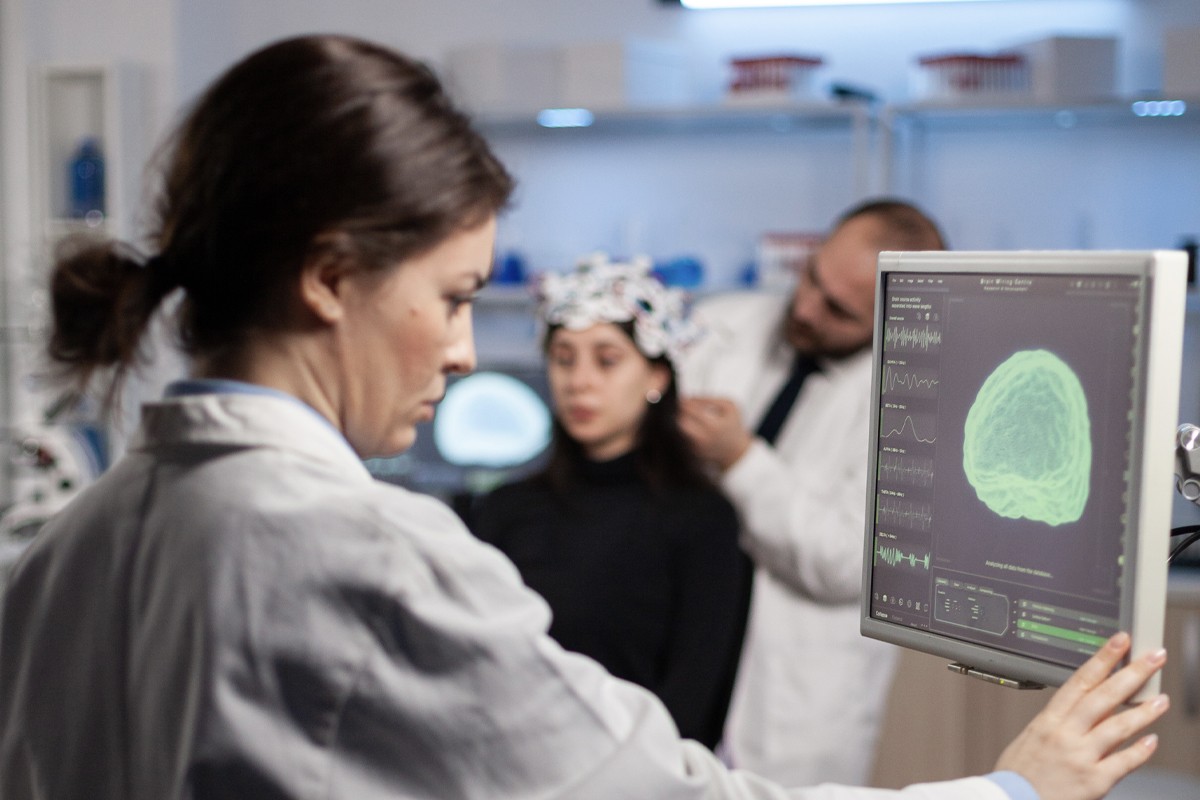

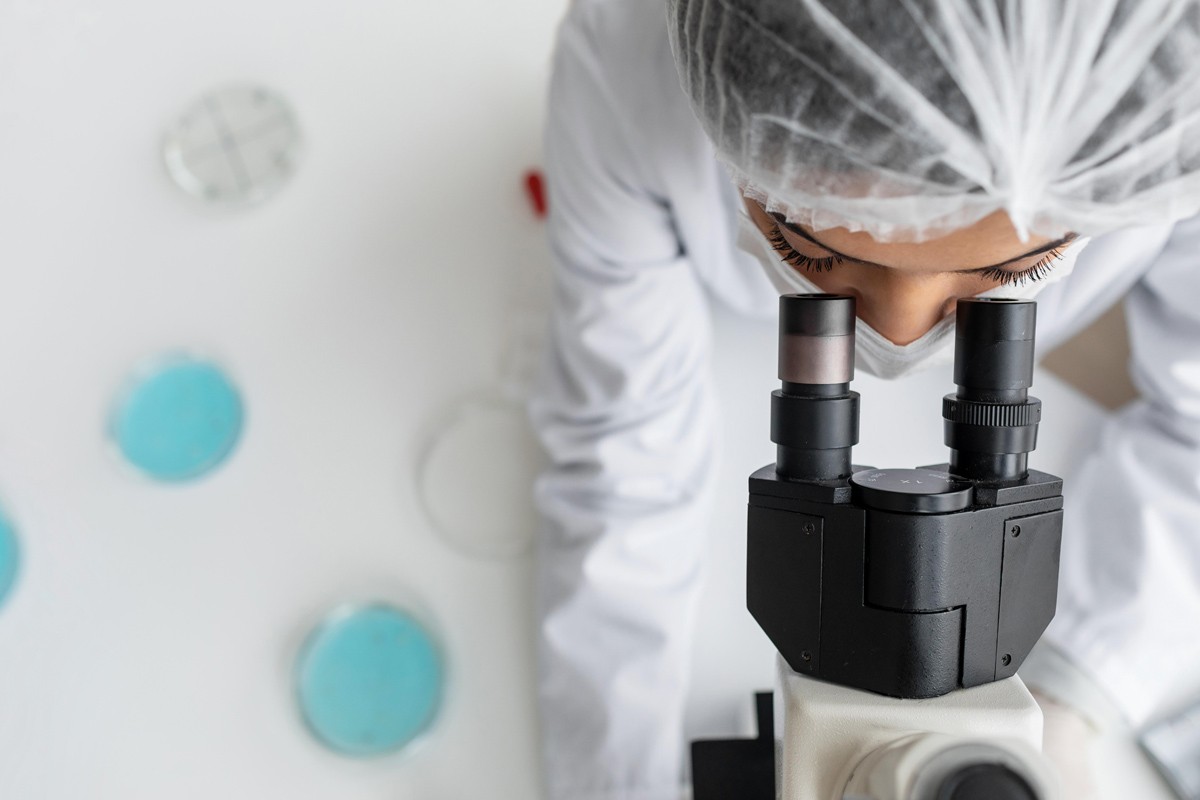
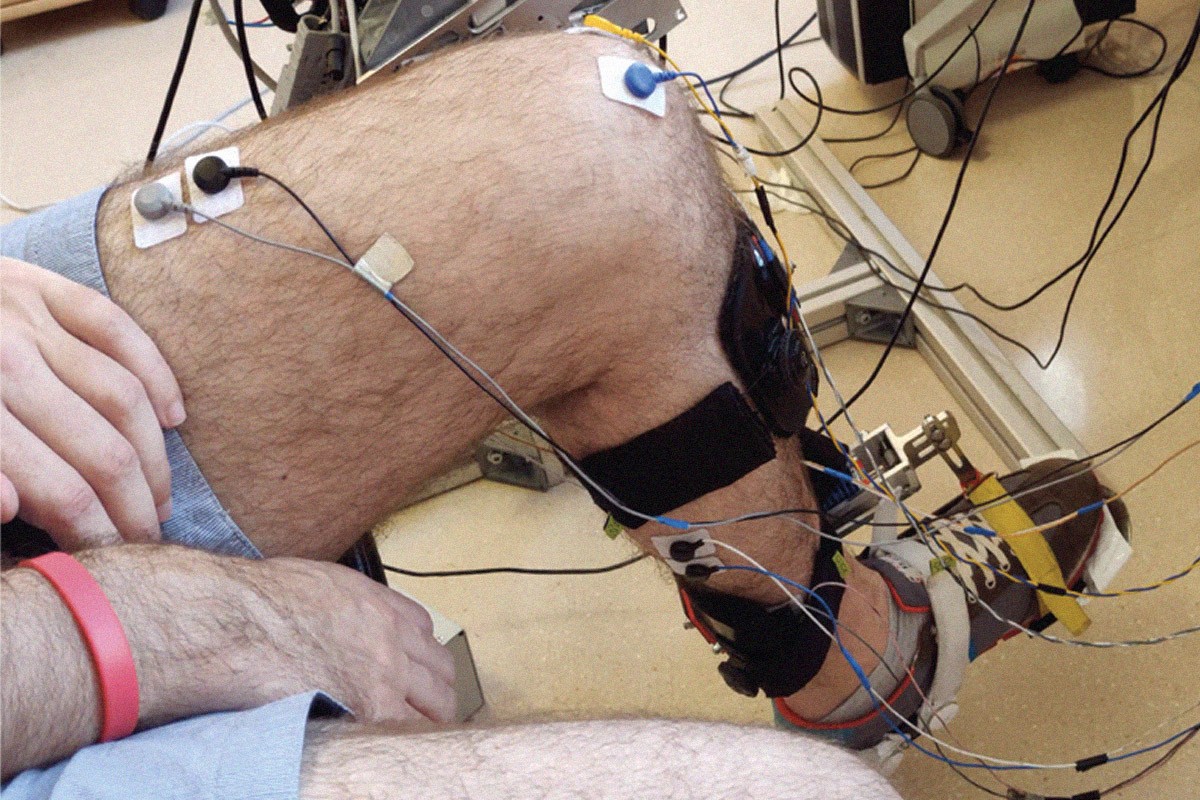

Research staff
Such a broad and extensive work requires having an important team of researchers. The Cajal Institute has a staff of more than thirty tenured scientists, which is complemented by the participation of more than one hundred contract researchers, postdoctoral fellows, predoctoral fellows, visiting researchers, and students who carry out their scientific training at the center.
Departments and laboratories
The research work of the Cajal Institute is carried out in more than twenty laboratories, organized around four large scientific departments: Molecular, Cellular and Developmental Neurobiology, Functional and Systems Neurobiology, Translational Neuroscience and the Cajal Blue Brain Node.
Each of the departments has several areas of work, which translate into more than fifty specific lines of research
Related information

Neuroscience Research Center dependent on the CSIC. Founded in 1920 and initially directed by Santiago Ramón y Cajal. World reference in the study of the brain. Custodian of the Cajal Legacy.
Activities
